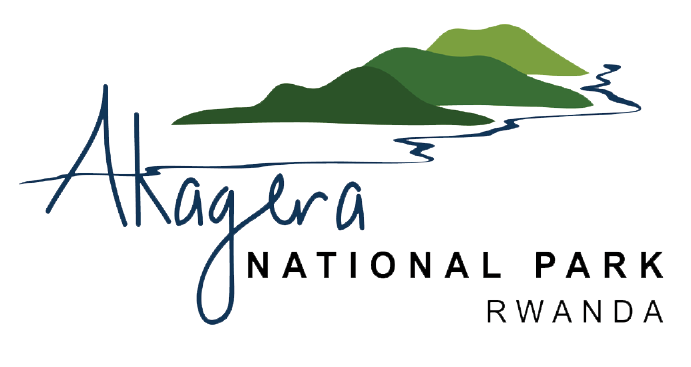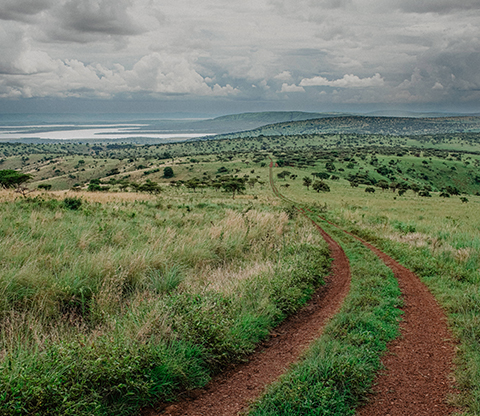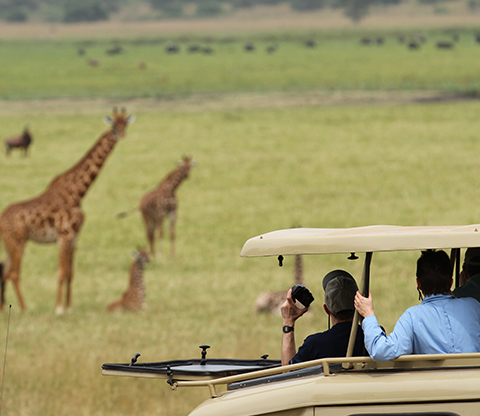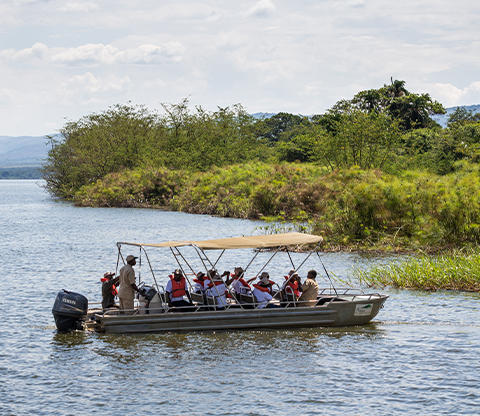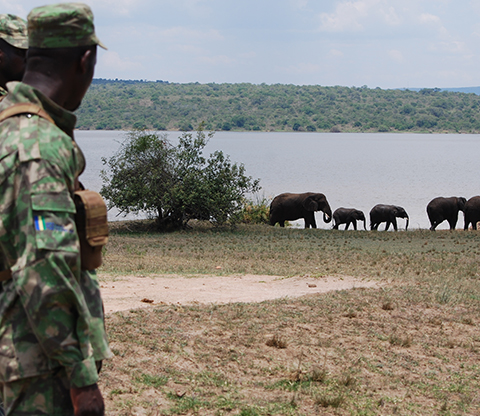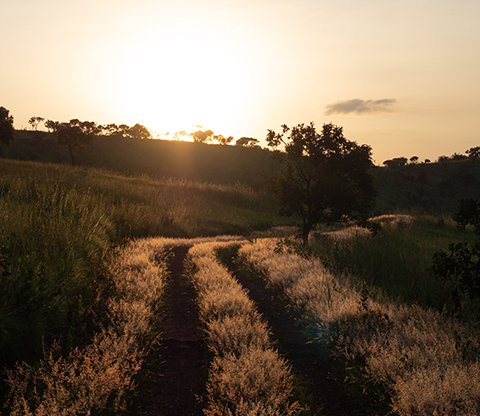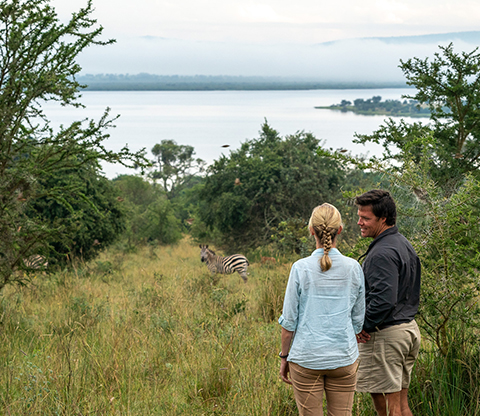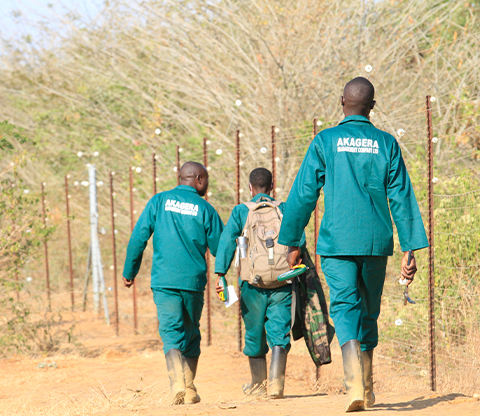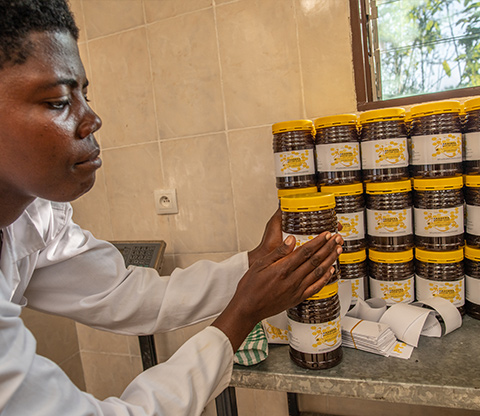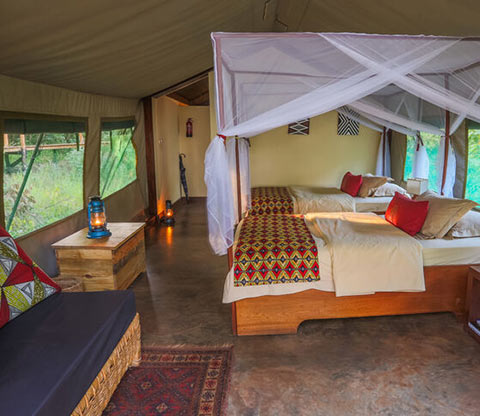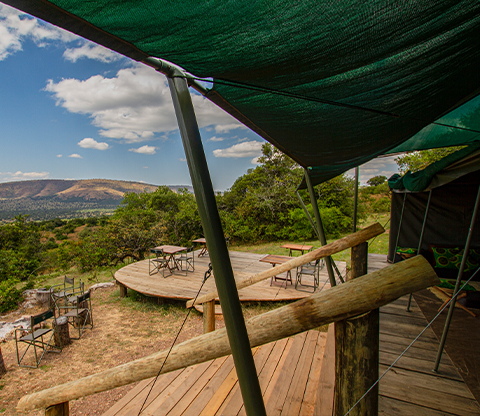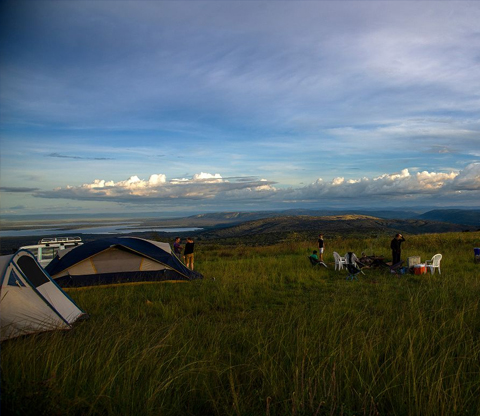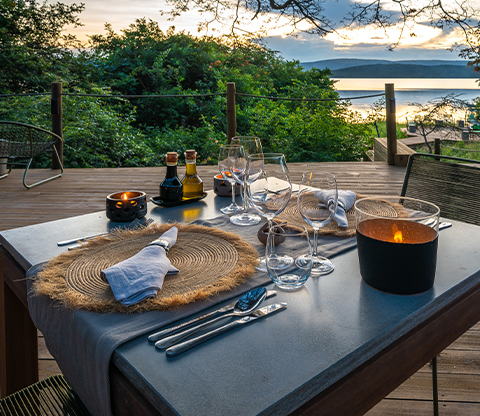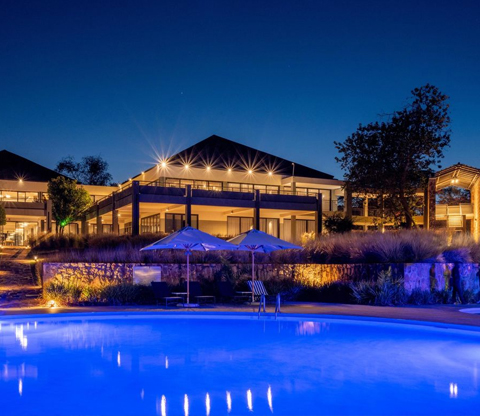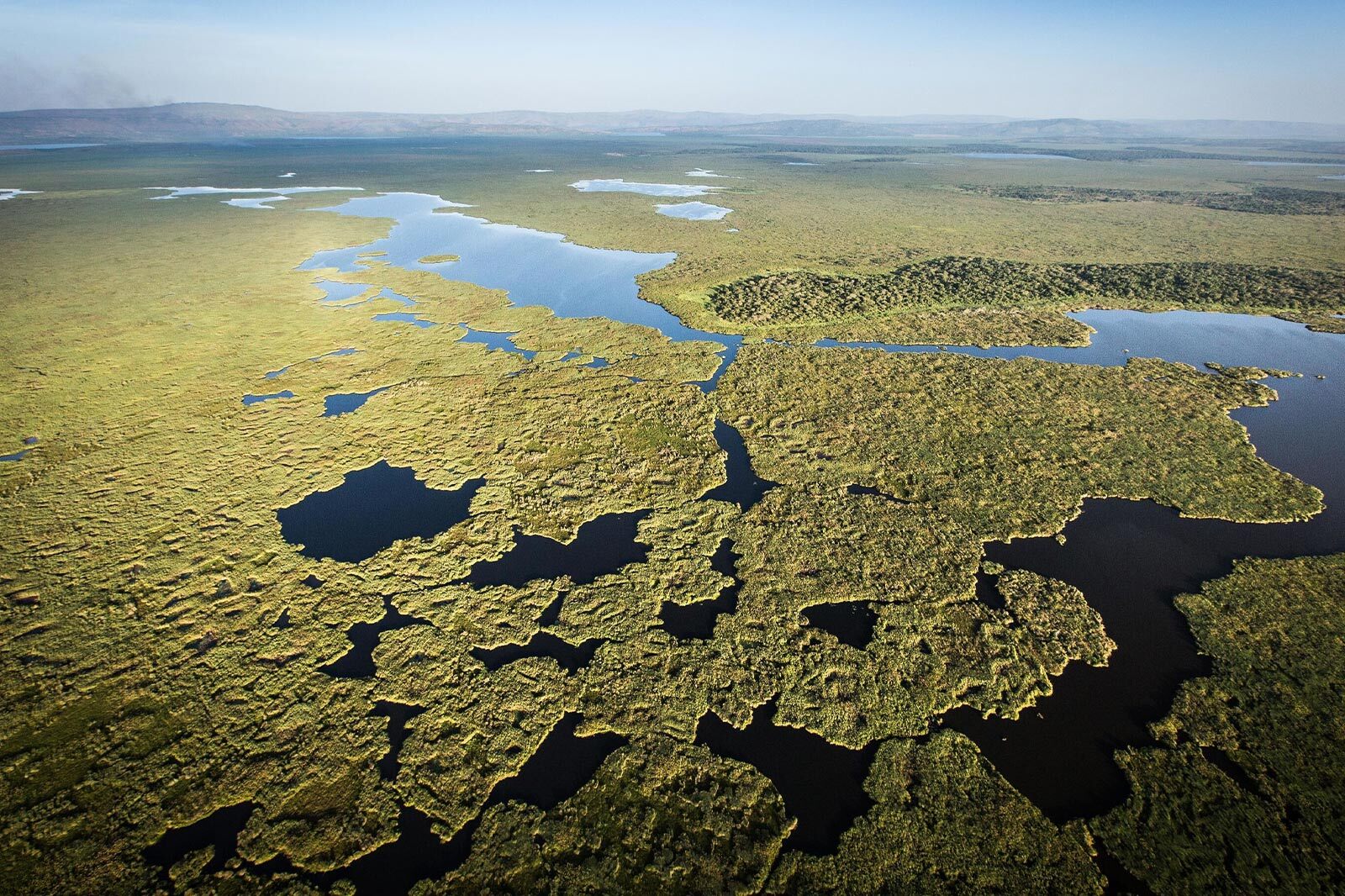
Akagera National Park
Akagera lies on the eastern border of Rwanda, making it easy to visit and admire the wildlife – from lion to rhino – that thrives in this beautiful savannah and wetland.
Experience Akagera National Park
Widely considered to be one of the most scenic parks in central-eastern Africa, Akagera’s extraordinary biodiversity ranges from impressive herds of herbivores that graze the open plains to rare and elusive birds that frequent the swamps.
Since 2010, when African Parks was invited to manage the park, wildlife numbers have rebounded dramatically. Following lion and rhino reintroductions, Akagera now boasts thriving populations of these, as well as elephant, buffalo, zebra, giraffe and leopard, while the waterways teem with hippo and enormous crocodiles.
Despite being relatively small, Akagera is home to an impressive array of wildlife. A convenient and beautiful park to visit, Akagera can be a short getaway, a fascinating combination with Nyungwe National Park, or an easy add-on before or after visiting the gorillas. Akagera remains a relatively undiscovered gem, so enjoy excellent wildlife sightings without the crowds.
Where to Stay
Visiting Akagera National Park is one of the best ways to support communities, wildlife conservation and the long-term success of Africa’s wild areas. Choose from the different accommodation options available below and enjoy a spectacular wildlife experience.
About Akagera National Park
Akagera is named for the Kagera River, which forms the eastern boundary of the park and the border with Tanzania. This majestic waterway flows into a stunning mosaic of forest-fringed lakes, papyrus swamps and floodplains forming an important wetland ecosystem – the largest protected wetland in central-eastern Africa.
Akagera has thriving populations of lion, leopard, elephant, rhino, and buffalo, as well as zebra, giraffe, antelope and hundreds of bird species.
Akagera comprises a spectacular open expanse of wilderness, wetlands and lakes, with one third of its 1,200 square kilometres dominated by water. Birders can seek out several Lake Victoria-endemic species including the red-faced barbet and papyrus gonolek.
